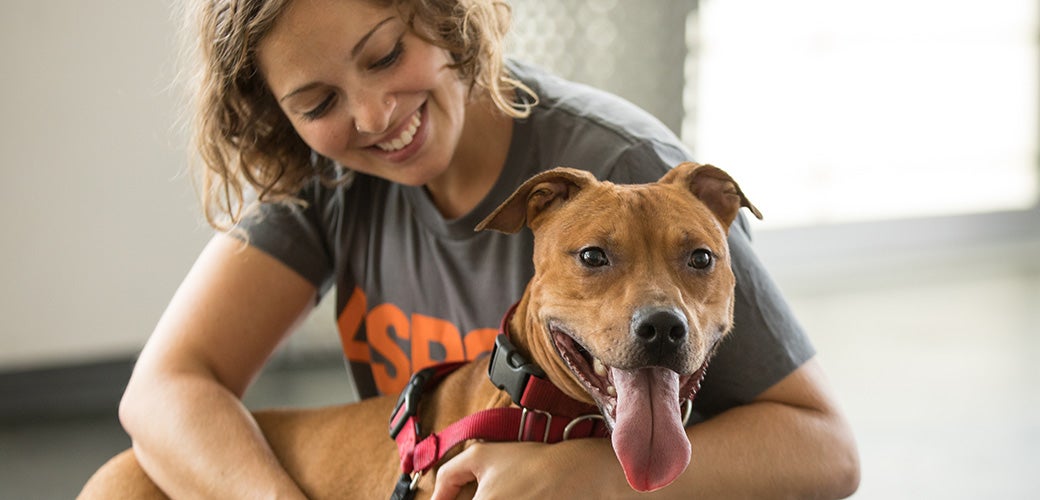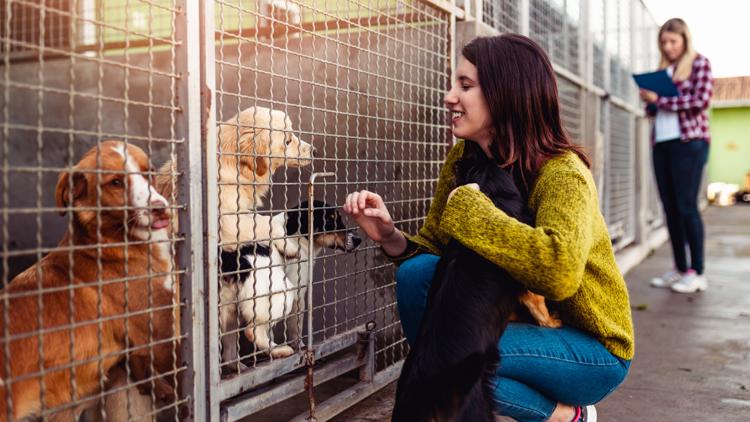
Successfully Introducing Your Adopted Dog to Your Current Pets
Share
Bringing a new dog into your home is a thrilling and fulfilling experience, but it also presents unique challenges, especially if you have other pets. Mastering the art of introducing your adopted dog to existing pets is essential for maintaining peace and happiness among your furry family members. For those passionate about pet health, facilitating a smooth introduction not only prevents chaos but also supports the emotional well-being of all pets involved.
This detailed guide will walk you through the best practices for introducing your new adopted dog to your current furry companions. We'll tackle vital elements like home preparation, pet behavior understanding, and creating a harmonious environment for everyone. Let's begin our journey toward a joyful multi-pet home.

Preparing Your Home for Your New Friend
Before welcoming your newly adopted dog into your home, it's crucial to make preparations that will foster a successful introduction. Doing so can significantly decrease stress for both the new dog and your resident pets.
Create Safe Spaces
Start by designing safe spaces for each pet. This involves setting up individual areas where they can retreat if they feel anxious. These zones should include their own water and food bowls, along with comfy bedding. By establishing these spaces, you help each pet feel a sense of ownership and security.
Familiarize with Scents
Animals are highly reliant on their sense of smell. Before the first face-to-face meeting, let your current pets get accustomed to the new dog's scent by swapping out their bedding or toys. This gentle approach helps them adjust to the new addition without feeling threatened.
The Initial Meeting: Key to Success
The first encounter between your adopted dog and your existing pets is a pivotal moment. Here's how to make it a success:
Choose a Neutral Location
Arrange the first meeting in a neutral space, such as a park or a friends backyard. This strategy avoids territorial disputes and enables both pets to interact on neutral ground.
Stay Calm and Controlled
Have both pets on a leash during this initial meeting, allowing you to intervene quickly if tensions rise. Its important to remain calm and positiveanimals can pick up on your emotions, which can impact their behavior.
For additional tips on dog adoption, check out HelpGuide.
Understanding Pet Behavior
Recognizing the behaviors and body language of your pets can greatly assist the introductory process. Here are some signs to watch for:
Body Language
Observe the body language of both animals closely. Indicators of stress or aggression include raised hackles, growling, or a tense posture. If you observe any of these signals, separate the pets and try again later.
Positive Reinforcement
Encourage positive behavior through treats and praise. This helps your pets to associate favorable outcomes with each others presence.
Keeping Peace in a Multi-Pet Home
After the initial introductions, your work isn't finished. Sustaining a harmonious environment requires continuous effort and attention.
Routine and Stability
Pets thrive on routine. Ensure consistency in feeding and walking times to provide a stable atmosphere, which can alleviate anxiety and behavioral problems.
Regular Health Assessments
Make sure all your pets are current on vaccinations and health check-ups. Routine visits to the veterinarian help prevent illness and ensure that all your furry companions remain well.
Explore more about pet adoption at the ASPCA.

FAQs
Q1: How long does it typically take for pets to acclimate to a new dog?
A: This varies by individual pet. While some may adapt in a few days, others could take weeks. It's important to be patient and allow them the necessary time.
Q2: What should I do if my pets don't get along?
A: If there are ongoing conflicts, consider consulting a professional animal behaviorist for tailored strategies that could improve their relationship.
Q3: Is it safe to leave my pets unsupervised together?
A: Initially, its advisable to supervise their interactions. As they become more comfortable with one another, you can gradually allow more unsupervised time.
By adhering to these guidelines and being mindful of your pets behavior, you can effectively introduce your adopted dog to your current pets. Remember, patience and consistency are essential for success. For further insights and resources regarding pet adoption, check out our Dog Behavior, Cleaning Collars, and Training Tips.
This article contains affiliate links. We may earn a commission at no extra cost to you.
